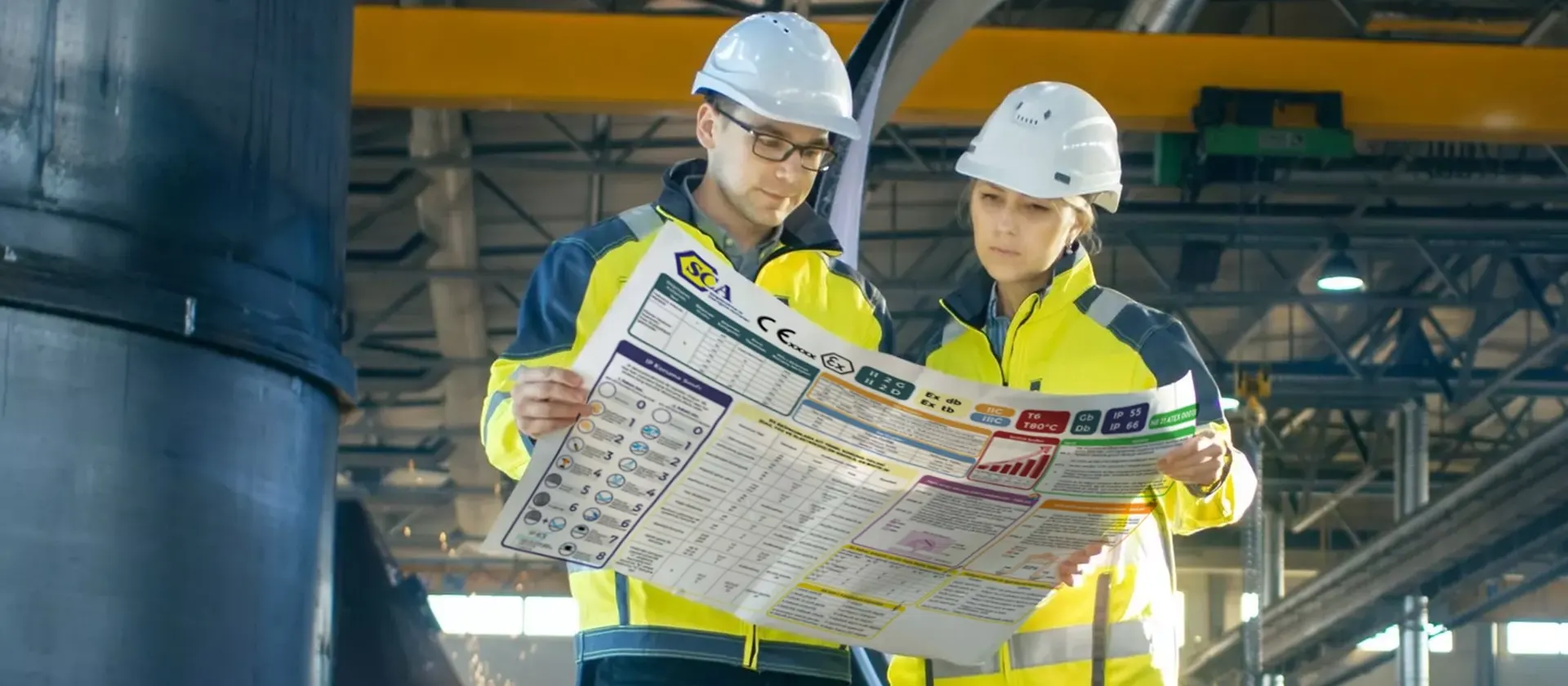ASTM A956 Leeb Hardness Certification Testing
The ASTM A956 standard specifies the requirements and procedures for performing Leeb hardness testing on steel products. This test is essential in ensuring that materials comply with specified quality standards, which is critical for industries where material strength plays a vital role in product performance and safety.
Leeb hardness testing measures the hardness of metallic materials by using a portable device that delivers a small impact to the surface of the specimen. The force applied is measured accurately, and the resulting indentation depth is used to calculate the hardness value. For ASTM A956, this test is particularly important for steel products where consistent quality is paramount.
The Leeb hardness tester is widely recognized for its portability and ease of use compared to other hardness testing methods like Rockwell or Brinell. However, it requires careful specimen preparation and adherence to specific procedures as outlined in the ASTM A956 standard. This ensures that the test results are reliable and comparable.
When performing ASTM A956 Leeb Hardness Certification Testing, several factors must be considered:
- Specimen Preparation: The specimen should be free from surface defects and contaminants. It is essential to ensure that the surface being tested is flat and smooth.
- Instrumentation: High-precision Leeb hardness testers are required, ensuring accurate force application and measurement.
- Data Collection: Multiple readings should be taken at different points on the specimen to ensure consistency and accuracy of results.
- Calibration: The tester must be regularly calibrated using standard reference materials to maintain its accuracy over time.
The Leeb hardness value obtained from ASTM A956 testing is a critical parameter in quality control processes. It helps ensure that the steel products meet the specified requirements and are suitable for their intended applications. This test is particularly useful in industries where material strength and durability are crucial, such as automotive manufacturing, construction, and aerospace.
Understanding the ASTM A956 standard ensures compliance with industry regulations and standards. By adhering to these guidelines, quality managers, procurement officers, and R&D engineers can confidently ensure that their products meet the highest quality standards.
Applied Standards
The ASTM A956 Leeb Hardness Certification Testing is applied in various industries where steel products are critical. The standard ensures that materials used in these sectors meet stringent quality requirements, enhancing product reliability and safety.
- Automotive Industry: Ensures the strength of components like axles, suspension systems, and engine parts.
- Construction Industry: Guarantees the durability of structural steel used in bridges, buildings, and infrastructure projects.
- Aerospace Industry: Certifies the integrity of aircraft parts, ensuring they can withstand extreme conditions and loads.
- Machinery Manufacturing: Ensures the robustness of machine components that undergo high stress during operation.
The ASTM A956 standard is crucial in these industries as it provides a consistent method for assessing the hardness of steel products. This consistency ensures that all parties involved—manufacturers, suppliers, and end-users—are working with materials that meet the specified quality criteria.
Industry Applications
- Aerospace Manufacturing: Ensures the structural integrity of parts like landing gears and fuselage components.
- Automotive Engineering: Validates the hardness of critical parts such as engine blocks, transmission systems, and exhaust pipes.
- Bridge Construction: Guarantees that the steel used in bridges can withstand heavy traffic loads and environmental stressors.
- Machine Tool Manufacturing: Ensures the wear resistance and durability of cutting tools and dies.
The ASTM A956 Leeb Hardness Certification Testing is a cornerstone for industries where material strength is paramount. By adhering to this standard, manufacturers can ensure that their products are not only reliable but also meet stringent industry standards.
Why Choose This Test
The ASTM A956 Leeb Hardness Certification Testing offers several advantages over other hardness testing methods. Its portability and ease of use make it ideal for on-site inspections, ensuring that materials meet quality standards in real-time.
- Rapid Results: The test provides quick results, allowing immediate feedback during production processes.
- Ease of Use: The Leeb hardness tester is simple to operate, requiring minimal training for operators.
- Non-Destructive: The testing method does not damage the specimen, ensuring that materials can be reused if necessary.
- Consistent Results: Multiple readings ensure consistent and reliable results, enhancing product quality.
The ASTM A956 standard ensures that all test results are accurate and comparable. This consistency is crucial for industries where material quality is critical to overall product performance and safety.





